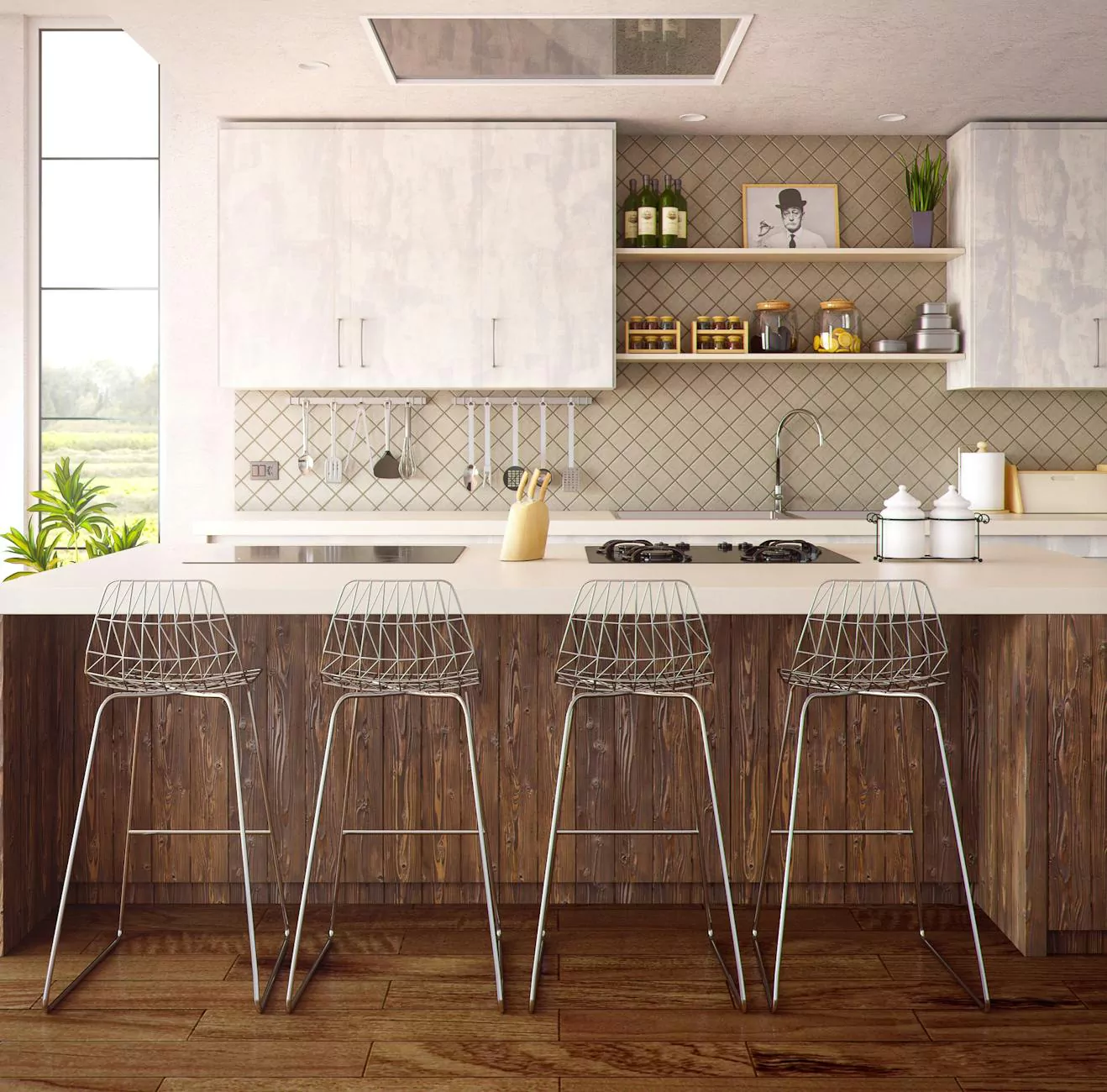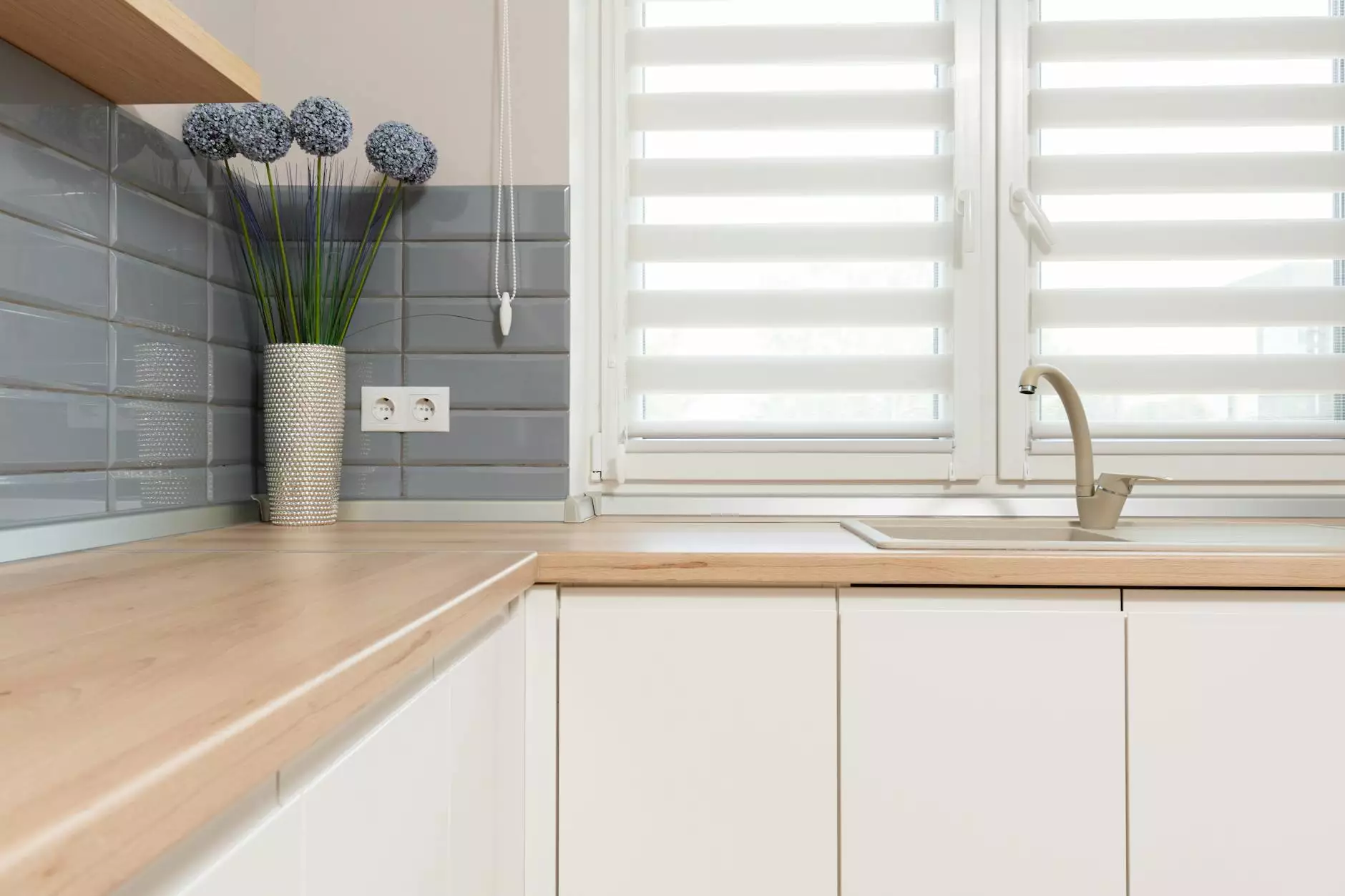How to Integrate the Design of a Professional Kitchen into Your Home or Business
Remodeling Tips
Introduction
Welcome to Clauson Construction, where we aim to provide you with expert guidance on designing a professional kitchen that seamlessly blends functionality and aesthetics. Whether you are renovating your home kitchen or planning to set up a commercial kitchen, we have the expertise to assist you every step of the way.
Understanding the Importance of Professional Kitchen Design
A professional kitchen goes beyond a regular kitchen, as it needs to meet specific requirements for efficient workflow, ergonomic design, and food safety regulations. By integrating professional kitchen design principles into your space, you can optimize functionality, increase productivity, and create a kitchen that is both visually appealing and practical.
The Key Elements of Professional Kitchen Design
Successful integration of professional kitchen design involves several key elements that work together harmoniously to create an optimal cooking and food preparation environment:
1. Layout and Workflow
A well-designed kitchen layout ensures that each component, from cooking stations to storage areas, is strategically placed for maximum efficiency. The workflow should be intuitive and minimize unnecessary steps, allowing chefs and kitchen staff to work seamlessly.
2. Storage and Organization
Adequate storage is crucial in a professional kitchen to keep ingredients, utensils, cookware, and other supplies properly organized and easily accessible. Incorporate smart storage solutions, such as shelving, drawers, and cabinets, to maximize space and streamline operations.
3. Quality Equipment and Appliances
Investing in high-quality kitchen equipment and appliances is essential for a professional kitchen. From commercial-grade ovens to efficient refrigeration units, choosing reliable and durable equipment will ensure smooth operations and minimize maintenance downtime.
4. Lighting and Ventilation
Proper lighting and ventilation are often overlooked but crucial aspects of professional kitchen design. Ample lighting enhances visibility, reduces eye strain, and promotes safety, while effective ventilation systems remove heat, odors, and smoke, maintaining a comfortable working environment.
5. Materials and Finishes
The selection of materials and finishes for your countertops, flooring, and walls plays a significant role in the functionality and visual appeal of your kitchen. Opt for durable, easy-to-clean surfaces that can withstand the demands of a professional kitchen.
Expert Tips for Integrating Professional Kitchen Design
Now that we have covered the key elements of professional kitchen design, let's delve into some expert tips to help you seamlessly integrate these principles into your kitchen:
1. Plan and Consult with Professionals
Before diving into any design decisions, it is crucial to consult with professionals who specialize in kitchen design. They can help you assess your space, understand your needs, and provide valuable insights to create an optimal layout tailored to your specific requirements.
2. Prioritize Functionality
Functionality should be at the forefront of your design considerations. Take into account the workflow, ergonomics, and practicality of every element in your kitchen. A well-designed kitchen allows for easy navigation, efficient work processes, and smooth operations.
3. Optimize Storage Solutions
Consider your storage needs and utilize smart storage solutions to maximize space and organization. Incorporate features like pull-out drawers, customized shelving, and dedicated spaces for different utensils and equipment.
4. Invest in Quality Equipment
Choose equipment and appliances from reputable brands known for their quality and reliability. Go for energy-efficient options that not only contribute to sustainability but also reduce long-term operational costs.
5. Embrace Proper Lighting and Ventilation
Ensure that your kitchen is well-lit with a combination of natural and artificial lighting to create a bright and inviting space. Additionally, install ventilation systems that effectively remove cooking fumes and odors, keeping the air fresh and clean.
6. Pay Attention to Safety and Compliance
Adhere to local regulations and food safety standards when designing your professional kitchen. Keep safety features like fire suppression systems and emergency exits in mind to protect both your staff and your investment.
7. Consider the Overall Aesthetics
While functionality is vital in professional kitchen design, aesthetics should not be overlooked. Create a visually appealing space that reflects your style and brand identity while still prioritizing all the necessary components of a functional kitchen.
Conclusion
Integrating the design of a professional kitchen into your home or business requires careful planning, attention to detail, and expert guidance. By considering the key elements and following our expert tips, you can create a kitchen space that not only meets industry standards but also exceeds your expectations in terms of functionality, efficiency, and visual appeal. At Clauson Construction, we are here to support you in bringing your vision to life. Contact us today to discuss your professional kitchen design needs!










